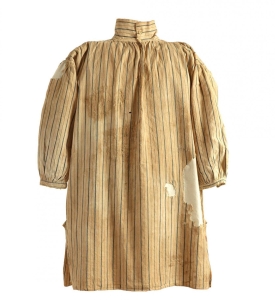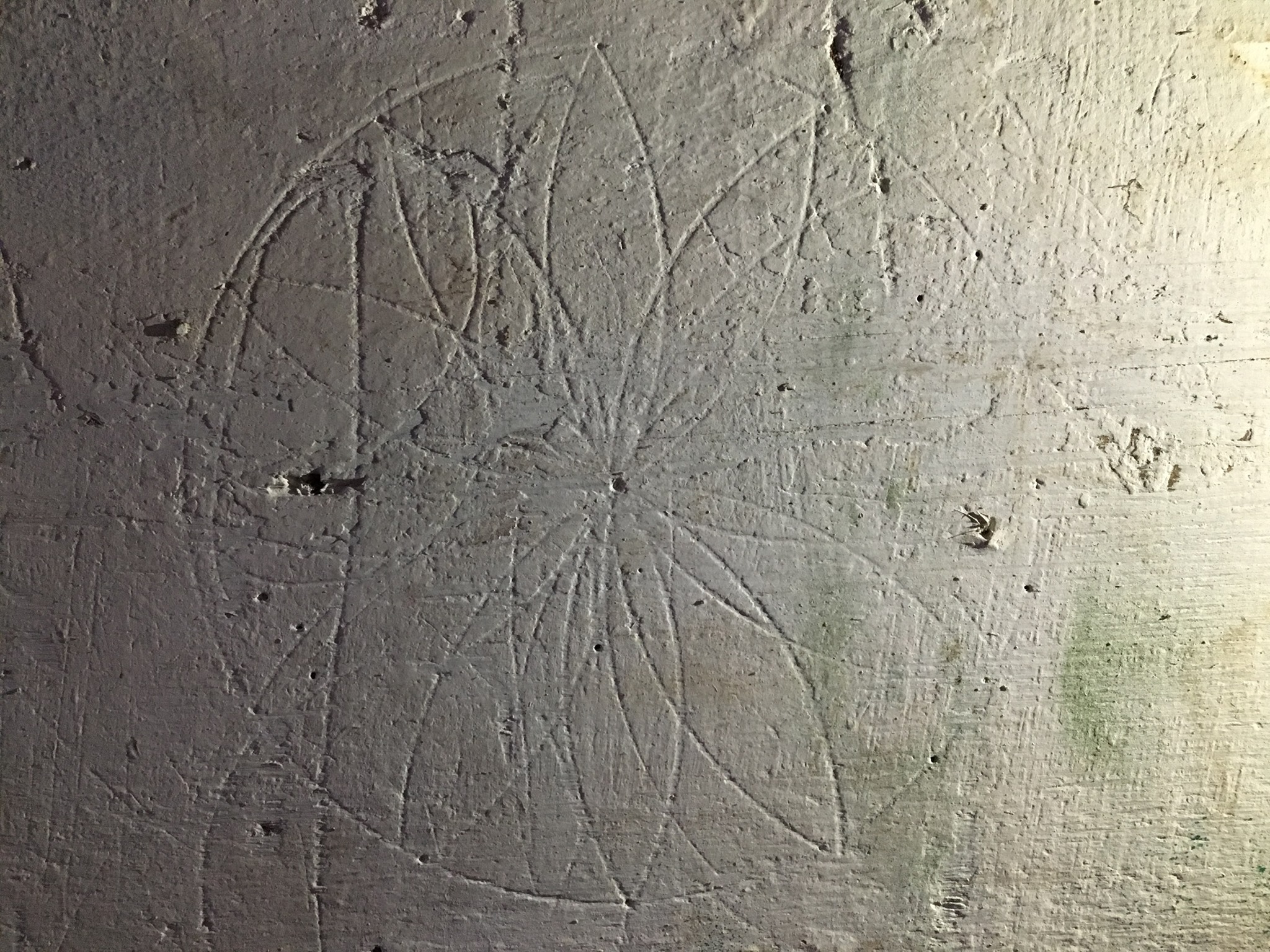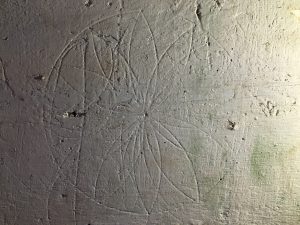“Magic in various forms was practised by builders, grooms, blacksmiths and foundry-men and, very probably, by numerous other groups within society.
“Just as in Britain and elsewhere, there is nothing in the contemporary documentary archive to describe the practice of magic in Australia. Generations of historians and researchers had scoured the paper archive without result. They were looking in the wrong place.
“The great majority of Australia’s practitioners of magic were the ordinary people of our cities, towns and country. They believed that there was an underworld in which demons lived and that from their dark realm they slipped into our world to do the Devil’s bidding.

“At a time when medicine could do little to cure the illnesses thought to be the work of the Devil’s minions, and when prayer failed to move a seemingly indifferent God, people turned to magic. They took its power into their own hands and gained satisfaction from that when nothing else seemed to work. They used magic to protect their families, farm animals and property.
“The techniques used were ancient and believed to be powerful. They came from England as part of the cultural baggage of convicts, settlers and administrators. Among them were cunning folk, magic’s general practitioners. For a fee they would read your palm, supply love potions and magic spells and tell you where to look for your lost or stolen cow.
“It was widely believed that certain symbols placed on entranc- es to buildings would deter evil beings from entering. And so we find hexafoils, concentric circles and, right throughout Australia, objects concealed in building voids. Concealed objects are thought to have been used as decoys to lure evil spiritual beings into voids from which they could not escape.
“At last we have proof of the use of magic in Australia. It provides a new window to the past and tells us of the hopes and fears of Australians in the period before about 1930. This is the result of twenty years research by Ian Evans, author of numerous books on the history and conservation of old Australian houses. His research has taken him to medieval churches in England, a crusader fort in Syria and 1850’s stables in Tasmania. In the process Ian Evans found the magic in Australia.



Other prominent academics involved in the study of the phenomenon were Heinrich Schauert and Rudolf Kriss, the latter of whom collected one of the largest collections of folk-religious art and material culture in Europe, later housed in Munich’s Bayerisches Nationalmuseum .